Bananas are one of the most consumed fruits globally, thanks to their sweet flavor, versatility, and nutritional value. Not only are they a staple in many tropical diets, but they are also a significant export product for several nations. Banana cultivation plays a vital role in global agriculture and contributes heavily to the economies of several developing countries. This article explores the countries that produce the most bananas each year, how banana production supports these economies, and the factors influencing production levels.
1. Introduction to Banana Production
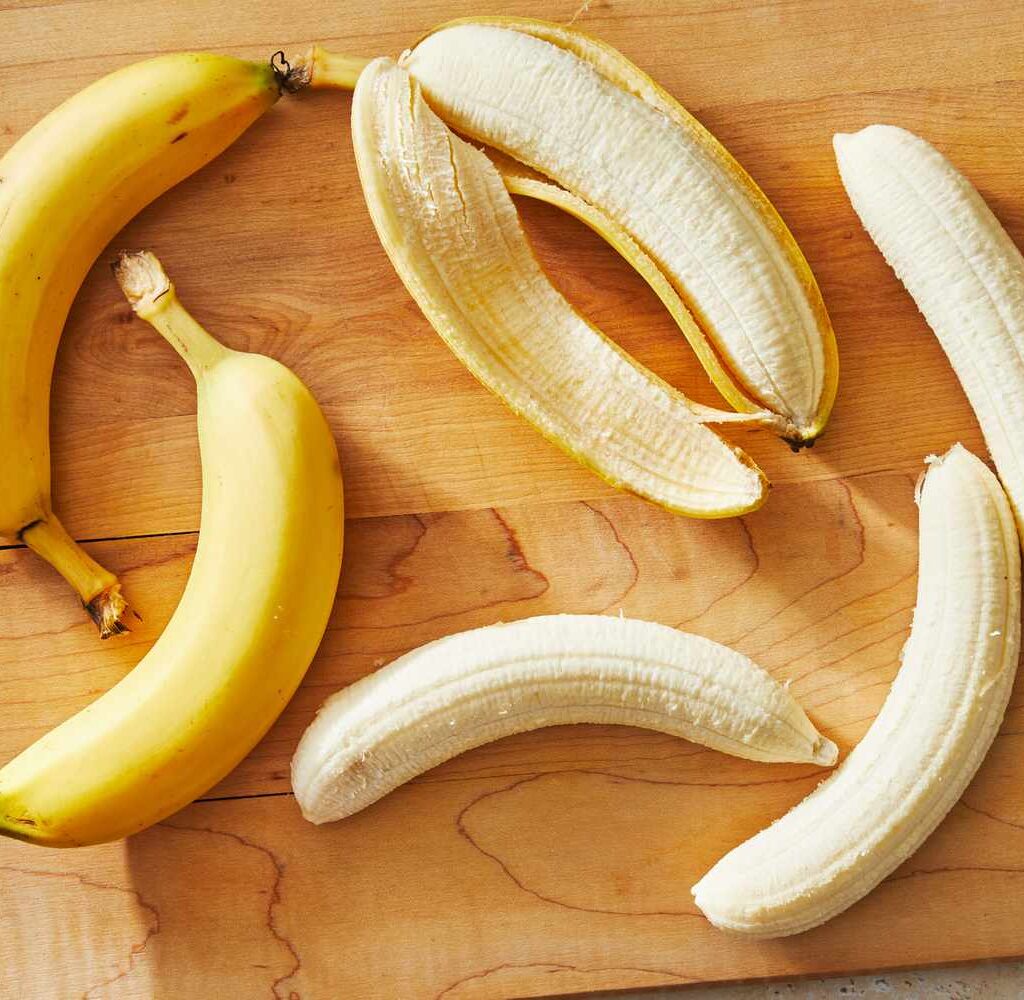
Bananas are grown in over 135 countries, making them one of the world’s most important fruit crops. They thrive in tropical and subtropical climates with consistent rainfall and warm temperatures. The two most common types of bananas cultivated are dessert bananas (like the Cavendish variety) and plantains, which are typically cooked before eating.
Bananas are not only vital for domestic consumption but also make up a significant portion of agricultural exports for many nations. The global banana market is driven by a combination of factors including climate conditions, disease resistance, production technology, and market demand.
2. Global Banana Production Overview
According to the Food and Agriculture Organization (FAO) of the United Nations, the world produces over 120 million metric tons of bananas annually. About 85% of this production comes from smallholder farmers in developing countries. The leading banana-producing countries span Latin America, Asia, and Africa, though Latin America dominates the export market.
3. Top Banana-Producing Countries

Let’s explore the top banana-producing countries by annual volume and understand what makes them leaders in this sector.
1. India
- Annual Production: ~30 million metric tons
- Continent: Asia
- Key Regions: Tamil Nadu, Maharashtra, Gujarat, Andhra Pradesh
India is the largest producer of bananas in the world, contributing around 25% of global banana production. However, most of India’s bananas are consumed domestically. The country grows a wide variety of bananas including Robusta, Dwarf Cavendish, and Nendran. Government support through agricultural subsidies, irrigation projects, and high-yield cultivars have contributed to high productivity in India.
2. China
- Annual Production: ~12 million metric tons
- Continent: Asia
- Key Regions: Guangdong, Yunnan, Hainan
China ranks second globally, with bananas being a staple fruit in many provinces. Like India, China’s banana production is primarily for domestic consumption. Advanced cultivation techniques and greenhouse farming have helped increase yields. The country is also investing in biotechnology to create disease-resistant banana varieties.
3. Indonesia
- Annual Production: ~8 million metric tons
- Continent: Asia
- Key Regions: Sumatra, Java, Sulawesi
Indonesia’s favorable climate and fertile volcanic soils make it ideal for banana cultivation. Bananas are widely consumed locally and form a crucial part of traditional dishes. The government supports banana cooperatives and local marketing, although export potential remains underutilized.
4. Brazil
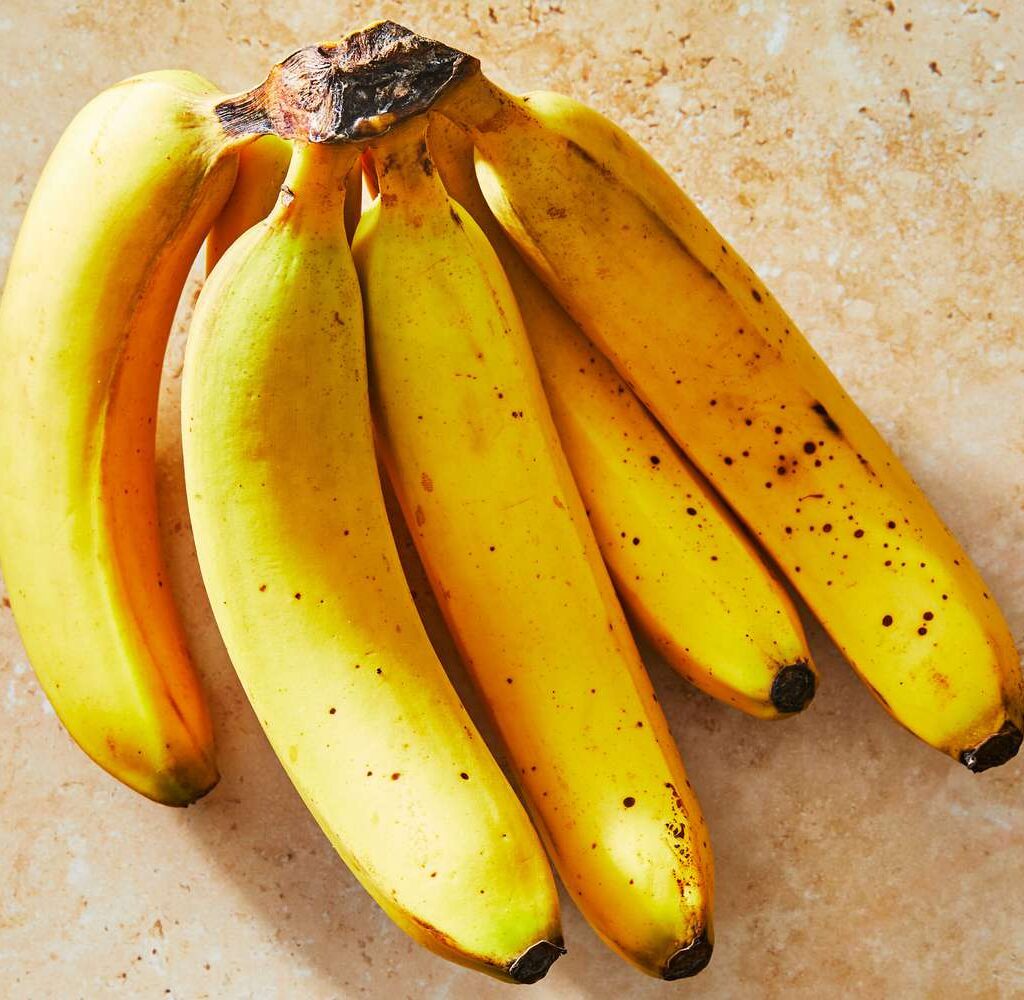
- Annual Production: ~7 million metric tons
- Continent: South America
- Key Regions: Bahia, São Paulo, Minas Gerais
Brazil is the largest banana producer in South America. The fruit is grown mainly for local markets, though some export activity exists. With rising investments in organic banana farming, Brazil is seeing growth in both production and quality. It also grows many plantains used in cooking.
5. Ecuador
- Annual Production: ~6.5 million metric tons
- Continent: South America
- Key Regions: Guayas, Los Ríos, El Oro
Ecuador is the world’s leading banana exporter despite not being the largest producer. About 90% of Ecuador’s banana production is for export. The country benefits from its equatorial climate, high-quality infrastructure, and established global trade relationships. Major importing regions include the European Union, Russia, and the United States.
6. Philippines
- Annual Production: ~6 million metric tons
- Continent: Asia
- Key Regions: Mindanao
The Philippines is Asia’s major banana-exporting country, with most bananas shipped to East Asian markets such as Japan, China, and South Korea. The Cavendish variety dominates production. The country’s banana industry provides employment to hundreds of thousands of people. However, typhoons and disease outbreaks like Panama disease continue to pose challenges.
7. Angola
- Annual Production: ~4 million metric tons
- Continent: Africa
- Key Regions: Benguela, Huambo, Cuanza Sul
Angola has rapidly grown into one of Africa’s top banana producers. Local investment in agriculture and favorable land policies have expanded banana cultivation. While the majority of production is consumed locally, Angola has potential to become a future exporter with more infrastructure development.
8. Guatemala
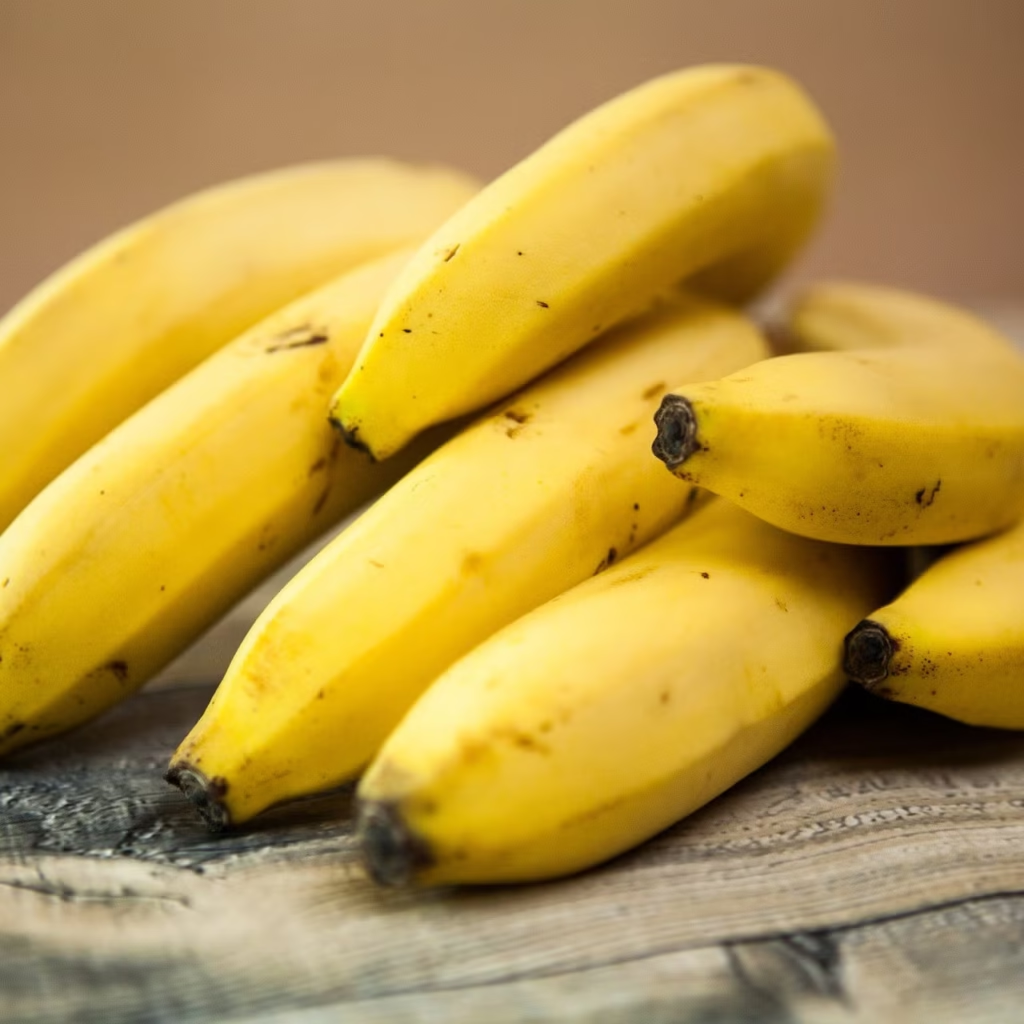
- Annual Production: ~3.5 million metric tons
- Continent: North America
- Key Regions: Escuintla, Izabal, Suchitepéquez
Guatemala is among the top banana exporters globally, supplying major volumes to the U.S. market. Large multinational corporations like Chiquita and Dole have significant operations in the country. Despite export success, the industry faces criticism for poor labor conditions and environmental concerns.
9. Colombia
- Annual Production: ~3.3 million metric tons
- Continent: South America
- Key Regions: Antioquia, Magdalena
Colombia is another major banana-exporting country. Its high-quality fruit is preferred in European markets. The banana industry is well-organized and supported by government agricultural agencies. However, issues like armed conflict and fungal diseases occasionally disrupt production.
10. Tanzania
- Annual Production: ~3 million metric tons
- Continent: Africa
- Key Regions: Kilimanjaro, Kagera, Mbeya
Bananas are a staple food in Tanzania and form a major part of daily diets. Most of the bananas produced are cooking bananas or plantains. The country is yet to tap into large-scale banana exports but has strong potential if cold-chain logistics and transportation improve.
4. Factors Influencing Banana Production
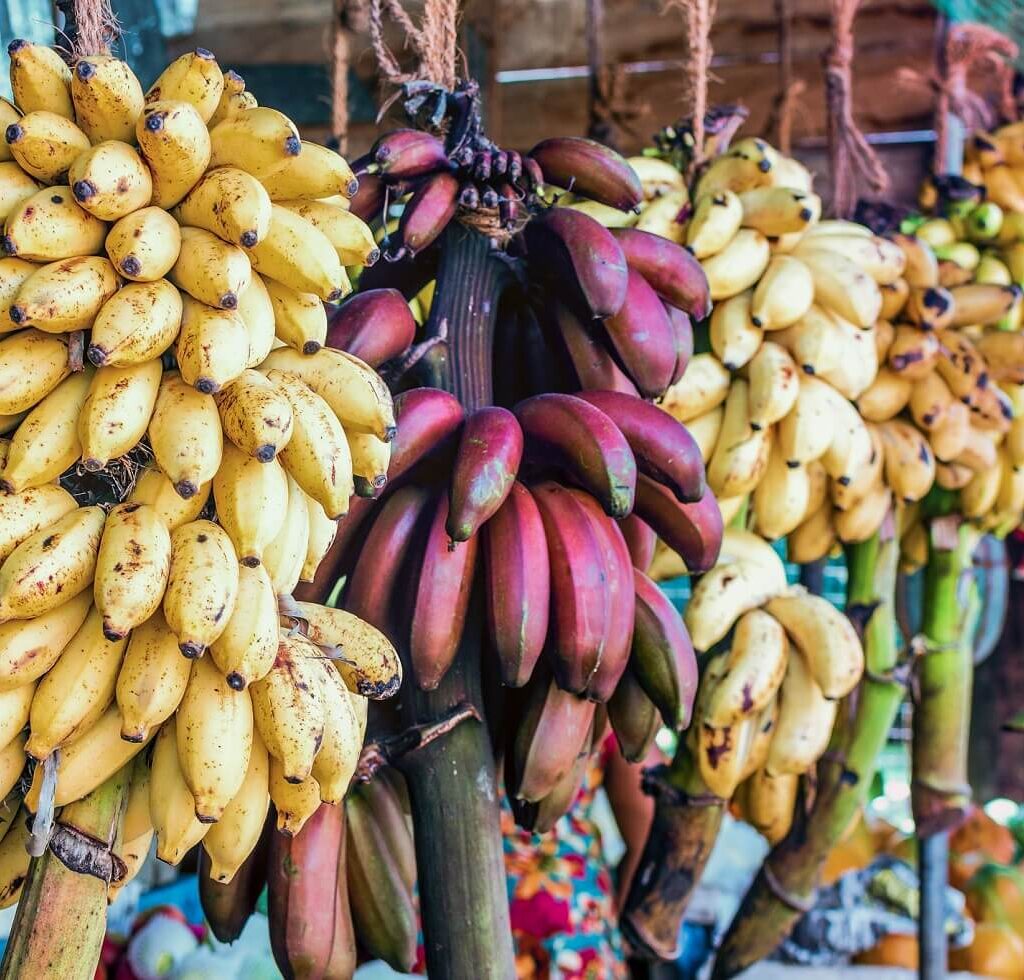
Several factors affect the success and scale of banana production in any given country:
- Climate: Bananas require warm temperatures and regular rainfall.
- Soil Quality: Fertile, well-drained soil is essential.
- Pests & Diseases: Panama disease (Fusarium wilt) and Black Sigatoka are major threats.
- Infrastructure: Roads, storage facilities, and ports impact export potential.
- Labor & Technology: Mechanized farming, irrigation, and improved plant varieties increase productivity.
- Trade Agreements: Export countries benefit from free trade deals and consistent demand.
5. Challenges Facing Global Banana Producers
Despite high production levels, banana-producing countries face a number of challenges:
- Climate Change: Increasing temperatures, unpredictable rainfall, and extreme weather events reduce yields.
- Disease Pressure: Panama TR4 disease is decimating Cavendish plantations.
- Market Instability: Price fluctuations and export tariffs affect small farmers.
- Monoculture Dependency: Overreliance on the Cavendish variety makes crops vulnerable to pests.
6. Conclusion
Banana production is a cornerstone of tropical agriculture, offering both food security and economic stability to millions across the globe. Countries like India, China, and Indonesia lead in volume, while Ecuador, the Philippines, and Guatemala dominate international markets. However, the future of banana farming depends on innovation, diversification, and sustainability. With increasing global demand and the rising threats of climate change and disease, banana-producing nations must adapt quickly to preserve their place in this vital industry.
7. References
- Food and Agriculture Organization (FAO) Data
- World Bank Agriculture Reports
- International Trade Centre (ITC)
- Banana Market Review – United Nations

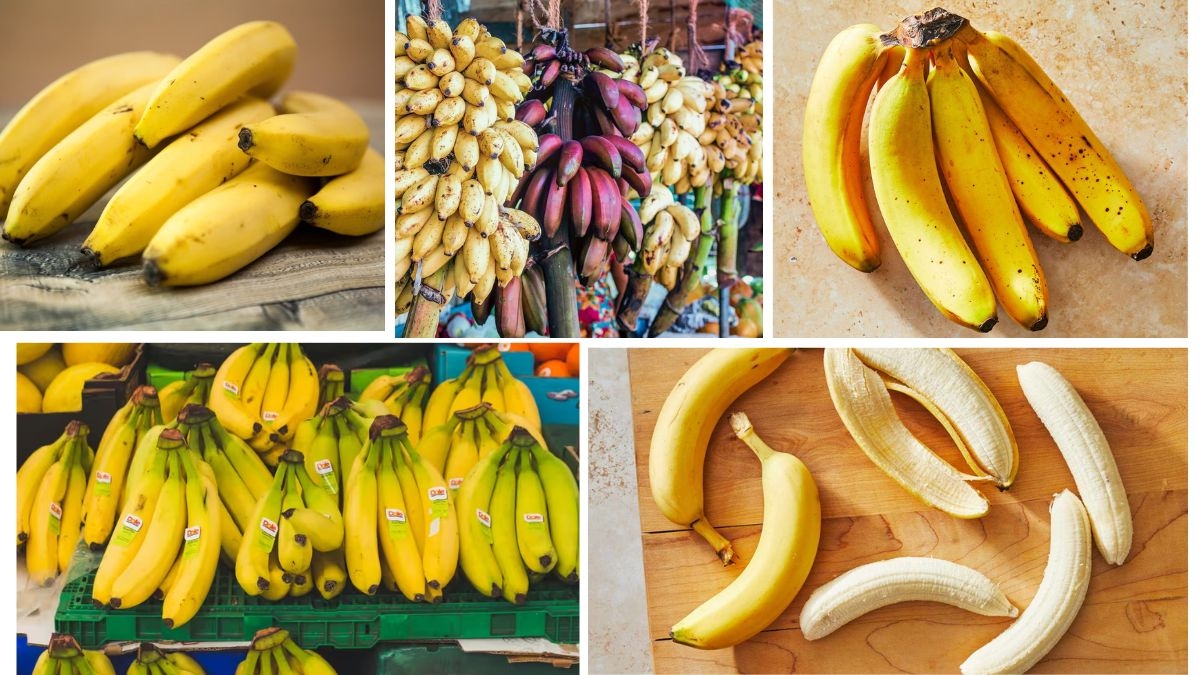



Leave A Comment